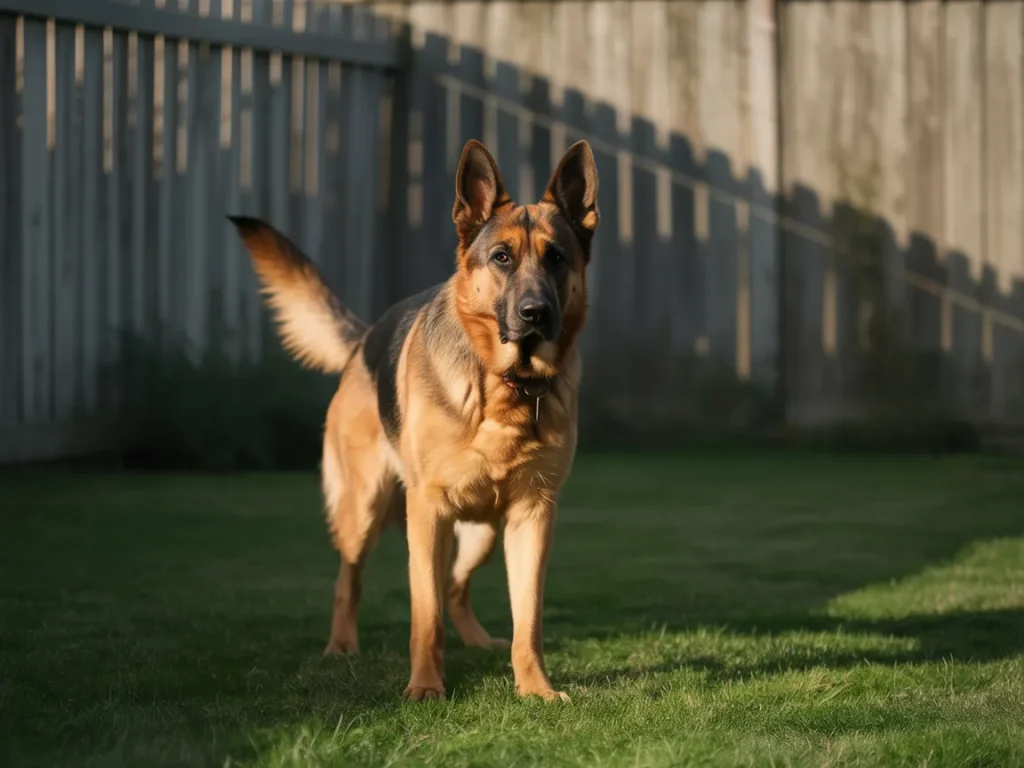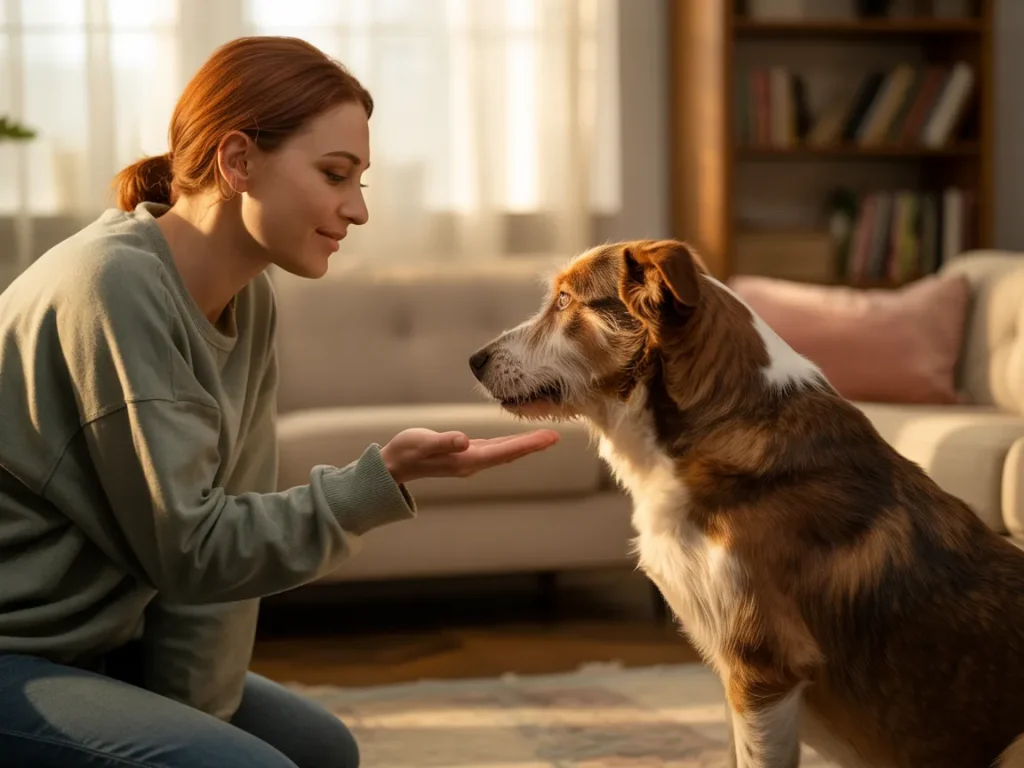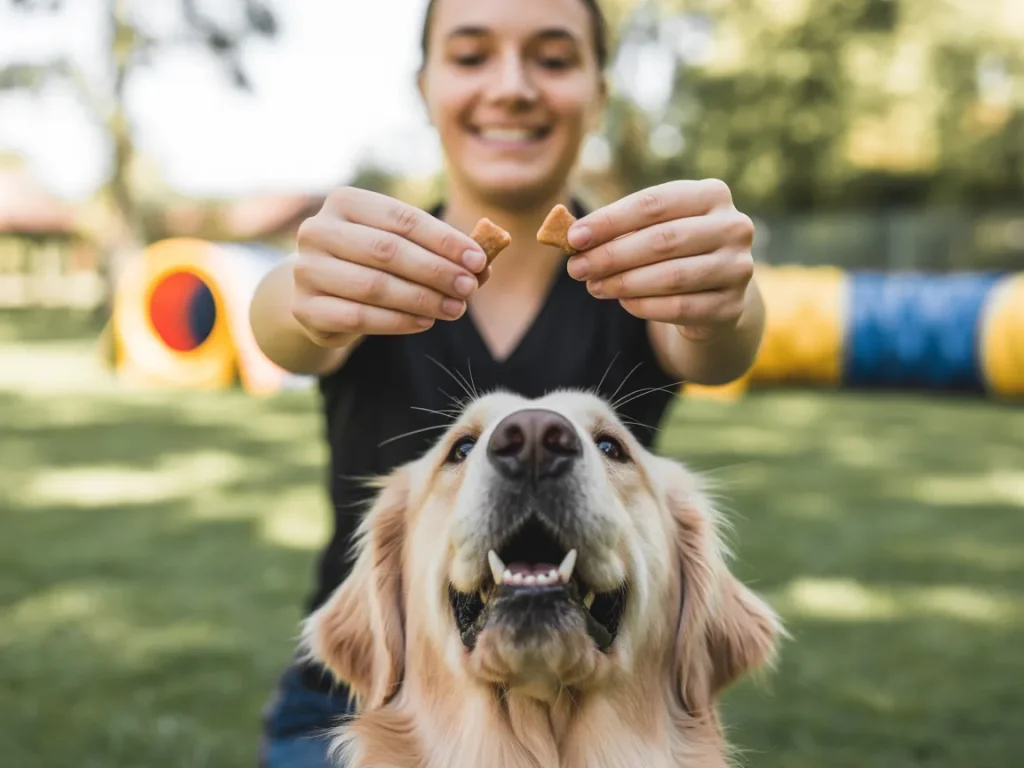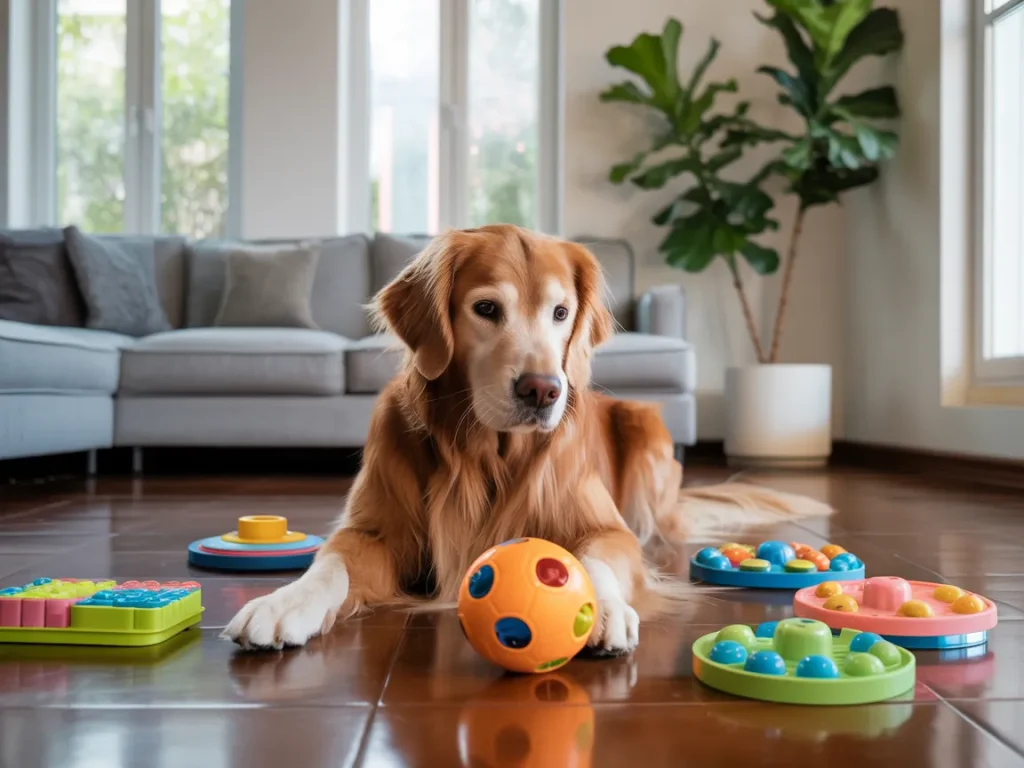Dealing with an angry dog can be one of the most challenging experiences for pet parents. Whether you’re facing sudden aggression from your usually calm companion or struggling with consistent behavioral issues, understanding the root causes and effective management strategies is crucial for both your safety and your dog’s wellbeing.
Canine aggression isn’t always what it appears to be on the surface. Dogs communicate through body language, vocalizations, and behavioral cues that often get misinterpreted by their human families. What looks like anger might actually be fear, anxiety, territorial protection, or even excitement gone wrong. The key to addressing these behaviors lies in recognizing the underlying triggers and responding appropriately.
Understanding Why Dogs Become Aggressive
Aggressive behavior in dogs rarely develops overnight. Most cases stem from a combination of factors including genetics, early socialization experiences, environmental stressors, and learned behaviors. Some breeds have been selectively bred for protective instincts, making them more prone to guarding behaviors, while others may develop reactivity due to inadequate puppy training during their critical socialization period.
Fear-based aggression represents the most common form of hostile behavior in domestic dogs. When a dog feels cornered, threatened, or unable to escape a perceived danger, their natural fight-or-flight response kicks in. If flight isn’t possible, they’ll resort to defensive aggression to protect themselves. This type of behavior often manifests as snapping, growling, or lunging when approached too quickly or handled roughly.

Resource guarding is another frequent cause of apparent anger in dogs. This behavior involves protecting valuable items like food, toys, sleeping areas, or even family members from perceived threats. While this instinct served wild canines well in survival situations, it becomes problematic in domestic settings where sharing resources is expected.
Medical issues can also trigger sudden changes in temperament. Pain, illness, cognitive dysfunction, or hormonal imbalances may cause previously gentle dogs to become irritable or aggressive. Senior dogs experiencing arthritis might snap when touched in painful areas, while dogs with vision or hearing impairments may react defensively to unexpected contact.
Recognizing Warning Signs and Body Language
Before a dog escalates to biting or attacking, they typically display a series of warning signals. Learning to read these subtle communications can prevent dangerous situations and help you address problems before they become serious behavioral issues. Early warning signs include stiffening of the body, direct staring, raised hackles, and subtle lip lifting.
Dog barking patterns also provide valuable information about your pet’s emotional state. Sharp, rapid barking often indicates alertness or excitement, while low, continuous barking with growling suggests a more serious warning. The pitch, duration, and frequency of vocalizations can help you determine whether your dog is playing, alerting, or feeling genuinely threatened.

Escalating signals include more obvious displays like baring teeth, snapping at the air, or actual contact without injury. These behaviors represent your dog’s final attempts to communicate their discomfort before resorting to more serious measures. Understanding this progression allows you to intervene appropriately and redirect your dog’s energy toward more positive outlets.
Safe Management Strategies
When dealing with an aggressive dog, safety must always be your top priority. Never attempt to physically punish or dominate an angry dog, as this approach typically escalates the situation and can result in serious injury. Instead, focus on creating distance between your dog and whatever is triggering their reaction.
Removing triggers from the environment when possible provides immediate relief for stressed dogs. If your pet becomes reactive around other dogs during walks, consider changing your route or walking during quieter times. For dogs who guard resources, implement management strategies like feeding in separate areas or removing high-value items when guests visit.

Creating a safe space for your dog helps them decompress and regain emotional balance. This might involve using a dog crate furniture piece that doubles as functional home decor while providing your pet with a secure retreat. Unlike traditional wire crates, furniture-style crates blend seamlessly into your living space while giving your dog a designated area where they won’t be disturbed.
Time-outs can be effective for interrupting aggressive episodes, but they must be implemented correctly. The goal isn’t punishment but rather giving your dog an opportunity to calm down and reset their emotional state. A brief separation of five to ten minutes in a quiet, comfortable space often helps defuse tense situations.
Professional Dog Training Solutions
While basic dog training techniques can address mild behavioral issues, persistent aggression requires professional intervention. Certified dog trainers and veterinary behaviorists have specialized knowledge and experience working with reactive dogs safely and effectively. They can assess your specific situation and develop a customized training plan that addresses your dog’s unique needs.
Positive reinforcement training methods have proven most effective for modifying aggressive behaviors. This approach focuses on rewarding desired behaviors rather than punishing unwanted ones, creating a more trusting relationship between you and your dog. Counter-conditioning and desensitization techniques help dogs form new, positive associations with previously triggering situations.

Group training classes may not be appropriate for dogs with serious aggression issues, but they can benefit dogs with mild reactivity problems. These controlled environments allow for supervised socialization experiences while providing structure and consistency in training approaches.
Building Long-Term Success
Consistency in handling and training is essential for long-term behavioral modification. All family members must understand and implement the same management strategies to avoid confusing your dog or inadvertently reinforcing problematic behaviors. This unified approach helps your dog understand expectations and reduces anxiety that can contribute to aggressive responses.
Environmental enrichment plays a crucial role in preventing behavioral problems. Bored, understimulated dogs are more likely to develop destructive or aggressive behaviors. Providing appropriate mental and physical exercise through puzzle toys, training sessions, and structured activities helps channel your dog’s energy constructively.

Regular veterinary checkups ensure that medical issues don’t contribute to behavioral problems. Discuss any changes in your dog’s temperament with your veterinarian, as they may recommend diagnostic tests or treatments that could improve your pet’s comfort and behavior.
Creating a Supportive Environment
The physical environment significantly impacts your dog’s stress levels and likelihood of displaying aggressive behaviors. Overcrowded spaces, excessive noise, or chaotic household routines can contribute to ongoing tension and reactivity. Creating calm, predictable daily routines helps anxious dogs feel more secure and less likely to react defensively.
Proper socialization remains important even for adult dogs with behavioral issues. Controlled, positive experiences with new people, animals, and situations can help reduce fear-based reactions over time. However, this process must be managed carefully by experienced professionals to avoid traumatic experiences that could worsen existing problems.

Remember that behavioral modification takes time, patience, and consistency. Some dogs may show improvement within weeks, while others require months or even years of dedicated work. Setting realistic expectations and celebrating small victories helps maintain motivation throughout the training process.
Progress isn’t always linear, and setbacks are normal parts of the behavior modification journey. Don’t become discouraged if your dog has occasional relapses or if improvement seems slow. Working with qualified professionals and maintaining consistent training approaches will eventually yield positive results for most dogs.
Understanding and addressing aggressive behavior in dogs requires patience, knowledge, and often professional guidance. By recognizing warning signs, implementing safe management strategies, and committing to consistent training approaches, you can help your dog overcome behavioral challenges and develop into a well-adjusted family member. Remember that every dog is unique, and what works for one may not be suitable for another, making individualized approaches essential for success.
Disclaimer: This article is for informational purposes only and does not constitute professional veterinary advice. Always consult a licensed veterinarian or certified dog trainer regarding the specific needs and health of your dog.

